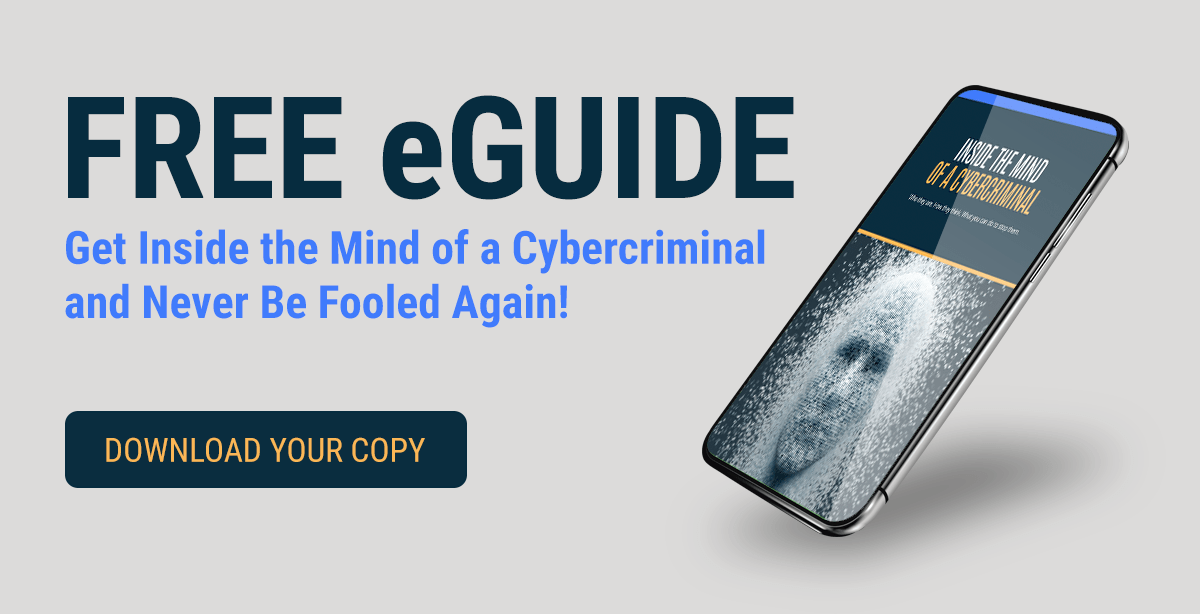
How Your Business Can Practice Data Protection
When was the last time you checked up on your cybersecurity? Most of the time, businesses don’t realize the gaps in their infrastructure until it’s too late. Data protection is a set of tools and policies your business can use to secure your data. It’s key to protect your data in order to guard your network efficiently. If a cybercriminal were to get their hands on your data, they could steal it and sell it on the dark web.
According to BullGuard, 43% of all SMBs have no cybersecurity plan in place to protect themselves, and in the last year IBM reported that SMBs lost an average of over $2.9 million per data breach. As cybercriminals become savvier, it’s important to make sure your business is protected from data theft.
Key Practices You Can Implement to Protect Your Data
We know the idea of being a cyberattack target can be scary. But there are easy steps you can take now to better protect your business data from getting stolen. Here are a few helpful practices to get you started.
1. Educate Your Employees
The majority of data breaches are caused by human error; that’s why it’s crucial that your employees are trained in cybersecurity awareness. When you educate your team on proper cyber hygiene, it can help your business stay secure. Training everyone on how to recognize and respond to cyberattack attempts can help decrease the chances of a data breach caused by human error.
2. Develop a Response Plan for Cyberattacks
Every business is at risk of an attack, so it’s extremely important that you have a plan in place. Something to consider is how your business will restore backups from disastrous scenarios if data theft is a part of the attack. It’s important that you’re testing your backup systems regularly and making sure everything is running smoothly. Practicing ransomware drills or using phishing email simulations is also great tools to see how your employees will act in those situations.
3. Implement Multifactor Authentication Across Your Network
Multifactor authentication (MFA) provides extra layers of security when it comes to logging into your accounts. MFA can help decrease the risk of many types of cyberattacks and help keep these bad actors out of your network. Common examples of MFA include using one-time passwords, pins, and fingerprints.
4. Encrypt Your Data
When you encrypt your data, you translate your data into ciphertext, which makes it unreadable to unauthorized users. Encryption is a great tool to use to protect all your data on your network from being stolen. Encrypting your business files helps keep cybercriminals out of your network.
When you implement these practices in your business, you’re helping your network stay guarded from cybercriminals. While these are great steps in the direction of protecting your business from data theft, it’s difficult to handle this all by yourself. Finding all this intimidating? Partner with an MSP to alleviate some stress.
Here at NetAssurity in Tampa, we’re ready to help keep your organization’s data secure with the latest cybersecurity solutions. Our experts can show you your organization’s current vulnerabilities and offer helpful solutions. If you’re looking for help with your current level of security, contact us today.

Recent Comments